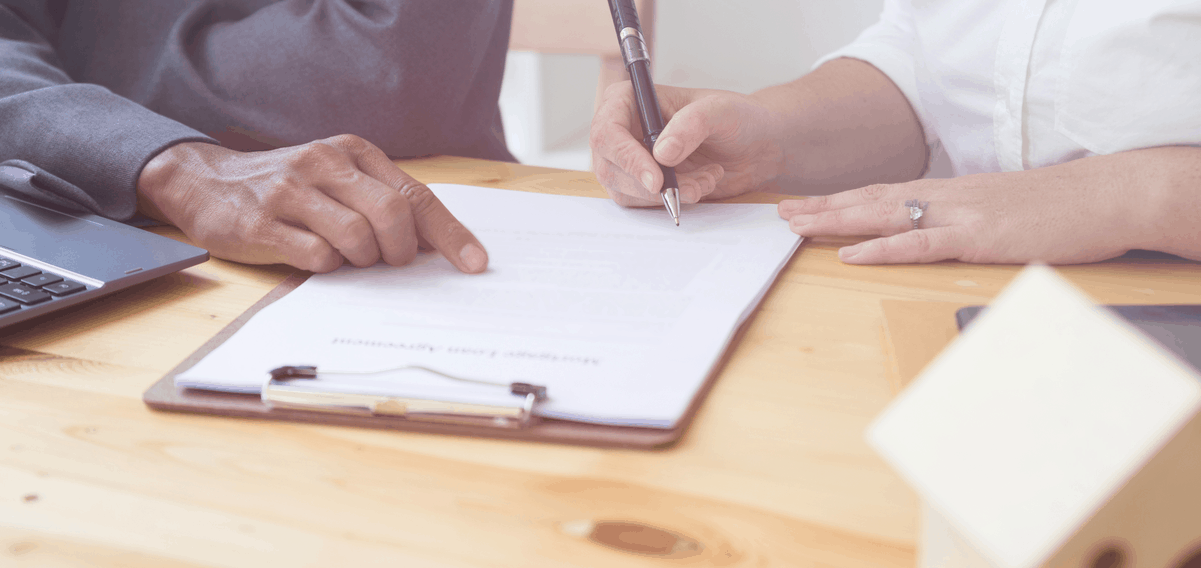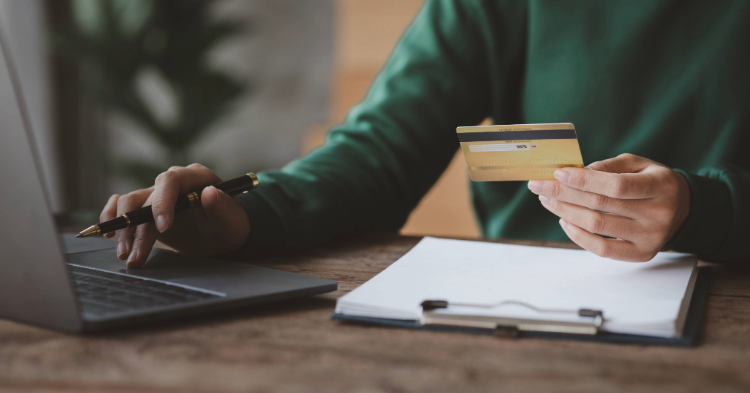Note: To apply for the SBA EIDL program, visit the SBA Disaster Assistance page.
What is an SBA Economic Injury Disaster Loan and How Do I Apply?
Running a small business during the COVID-19 outbreak comes with unprecedented challenges. To assist small businesses during this time, the federal government has passed the CARES Act, which includes multiple programs to provide financial assistance to small businesses and their employees.
As part of the CARES Act, the existing SBA Economic Injury Disaster Loans program has been expanded with an additional $10 billion in funding. Keep reading to learn more about how the SBA Disaster Loan program works, what businesses are eligible, and how to apply.
Brief overview of the SBA Economic Injury Disaster Loan program
The SBA, or the U.S. Small Business Administration, is a government agency that provides educational resources to small businesses, guarantees small business loans, and provides financial assistance to small businesses during disasters. While this guide focuses on the SBA Economic Injury Disaster Loan program in particular, the SBA does offer a variety of loan types – learn more about them in “What You Need to Know About an SBA Loan”.
If you live in an area that experiences hurricanes, you’re likely familiar with the SBA Economic Injury Disaster Loan program (commonly referred to as SBA disaster loans). Normally, this program offers low-interest loans to small businesses affected by natural disasters, such as hurricanes or tornadoes. However, the program was recently expanded to also include small businesses negatively impacted by COVID-19.
What businesses are eligible for an SBA disaster loan?
SBA Economic Injury Disaster Loans are available to businesses with less than 500 employees who are located in a state that is experiencing a declared disaster. A declared disaster means your state has declared to be in a state of emergency. This designation is commonly used for states experiencing flooding, hurricanes, tornadoes, or other adverse weather events.
However, the effects of the COVID-19 outbreak have been so severe, most U.S. states have declared to be in a state of emergency. Check out this page from the SBA to see if your state has been deemed eligible for an SBA Disaster Loan. Most states are expected to declare a state of emergency, so check back often if your state isn’t currently listed.
How do SBA disaster loans work?
Amount and Terms
Economic Injury Disaster Loans of up to $2 million are available to businesses, with terms of up to 30 years. The amount your business is eligible for depends upon a variety of factors, including loss in revenue, payroll costs, and rent payments.
Interest Rates, Fees, and Repayment
Interest rates are 2.75% for non-profit entities, and 3.75% for for-profit entities. There is no fee to apply for loans under $25,000, and a $100 processing fee for loans above that. You start repaying your loan 12 months after you receive your funds.
Collateral Requirements
There is no collateral requirement to secure loans below $25,000. For loans above $25,000, no specific collateral is required. Instead, the business owner will provide a personal guarantee, and the SBA will file a blanket UCC-1 instead.
Eligible ways to use the loan
You may use the loan proceeds for any of the following: payroll costs, salaries, sick leave, rent or mortgage payments, material costs, and pre-existing debt. While you are able to receive other financial assistance programs from the CARES act in addition to your SBA disaster loan, you will need to have separate business use cases listed for each program.
How do I apply for an SBA disaster loan?
The SBA has recently launched a simplified application process to get funds to businesses in need faster. To apply, visit: https://covid19relief.sba.gov/#/. The application process takes about two hours.
Here is some of the information and paperwork you will need to have on hand to apply:
- Basic business information, such as your legal business name, Employer Identification Number (EIN), and date established
- Gross revenue numbers for January 31, 2019 – January 31, 2020
- Cost of goods sold for January 31, 2019 – January 31, 2020
- Business owners’ information
- Number of employees employed as of January 31, 2020
How soon can I expect to get the funds?
The SBA has streamlined their existing loan application process to get funds to small businesses much faster, given the severity of COVID-19. For loans up to $500,000, once you submit your application, the SBA expects to have a decision on your application within hours. They expect to send funds to your business a week or two after you complete your application.
As part of this program, the SBA is now also offering emergency advances on disaster loans. Once a small business completes an application for a disaster loan, they can request an advance on the funds up to $10,000. Funds will be made available within three days of a successful application. You can use the funds to pay sick leave for employees who are unable to work due to a direct effect of COVID-19, payroll, materials, rent or mortgage payments, or repaying outstanding obligations.
The CARES Act created other temporary SBA programs to assist small businesses – visit the SBA Coronavirus Relief Options page for more information.
Can you get SBA Economic Injury Disaster Loans forgiven?
SBA Economic Injury Disaster Loans are not eligible for loan forgiveness. However, other SBA loans are available for loan forgiveness. Paycheck Protection Program (PPP) loans, for example, can be forgiven if the funds are used for eligible expenses. Check out our guide for more information on how Paycheck Protection Program loan forgiveness works.
The SBA is also offering debt relief for small businesses for current 7(a), 504, and micro loans, as well as for any new ones disbursed before September 27, 2020. PPP loans are not eligible for this debt relief program. The SBA will pay 6 months of principal, interest, and any associated fees that borrowers owe. Visit their site for more information on the SBA coronavirus debt relief program.
—
OnDeck is here to support small businesses – check out our COVID-19 Resource Hub for more helpful information for small businesses impacted by COVID-19.
*This article has been prepared for informational purposes only, and is not intended to provide, and should not be relied on for health, tax, legal or accounting advice. You should consult your own health professionals or tax, legal and accounting advisors before implementing any business changes.
DISCLAIMER: This content is for informational purposes only. OnDeck and its affiliates do not provide financial, legal, tax or accounting advice.



